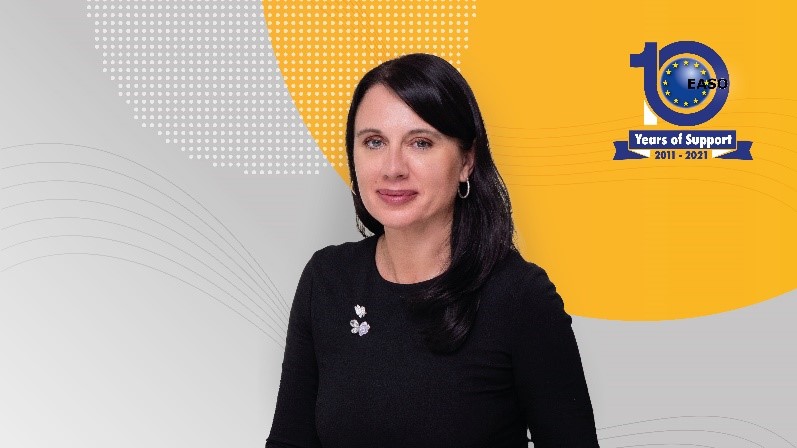
This year marks the 10th edition of the agency’s flagship publication, the EASO Asylum Report. The report has been continuously improved over the years to capture and report on the latest trends and policy discussions centred around building a harmonised Common European Asylum System (CEAS). We are proud that the EASO Asylum Report has evolved into the go-to source of information on asylum in Europe and reflects the growth of the agency as a centre of expertise on asylum since its founding on 19 June 2010.

Indeed, EASO’s growing role is highlighted in the European Commission’s new Pact on Migration and Asylum, which was published in September 2020. The pact offers a fresh start to the discussion on an effective and humane management of migration and asylum in Europe. EASO stands ready to undertake an enhanced mandate as the EU Agency for Asylum (EUAA) and to serve as an integral part of the European framework to manage a complex migratory reality, in full respect of fundamental rights.
The COVID-19 pandemic had a significant impact on every aspect of life throughout the world. With the aim of mitigating the spread of the virus and keeping people safe – both those seeking refuge in Europe and the staff who work directly with asylum seekers – emergency measures and longer-term changes to procedures were implemented across all EU+ countries. This year was the first time since CEAS was established that Member States, national asylum and reception authorities, and organisations working in the field of international protection were faced with a double-barrelled challenge: respecting the basic human right of living in safety and managing a global health crisis which could expose both migrants and receiving countries to further risk.
While national administrations were tested to their limits, EASO’s activities were directly aimed at supporting Member States to ensure a continuity of services and to provide emergency assistance. Throughout 2020, the agency developed tools to enhance and align procedures, published analytical reports and trained asylum professionals. A dedicated information collection initiative provided up-to-date, comprehensive and reliable information on the impact of COVID-19 on the asylum procedure. The results showed the resilience of the EU’s national asylum and reception systems, which quickly adapted modalities and turned to digital solutions to provide refuge to those in need. These innovations may be the key to increase efficiency and address similar challenges in the future while maintaining a sustainable European system.

Nina Gregori
Executive Director
European Asylum Support Office




